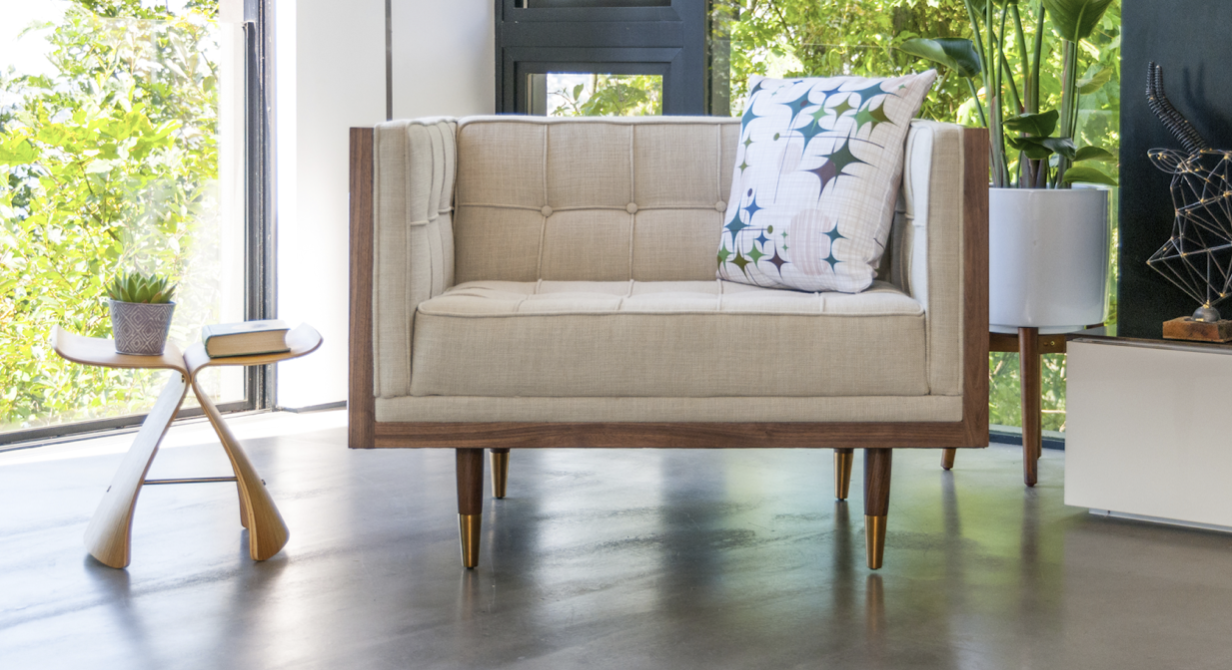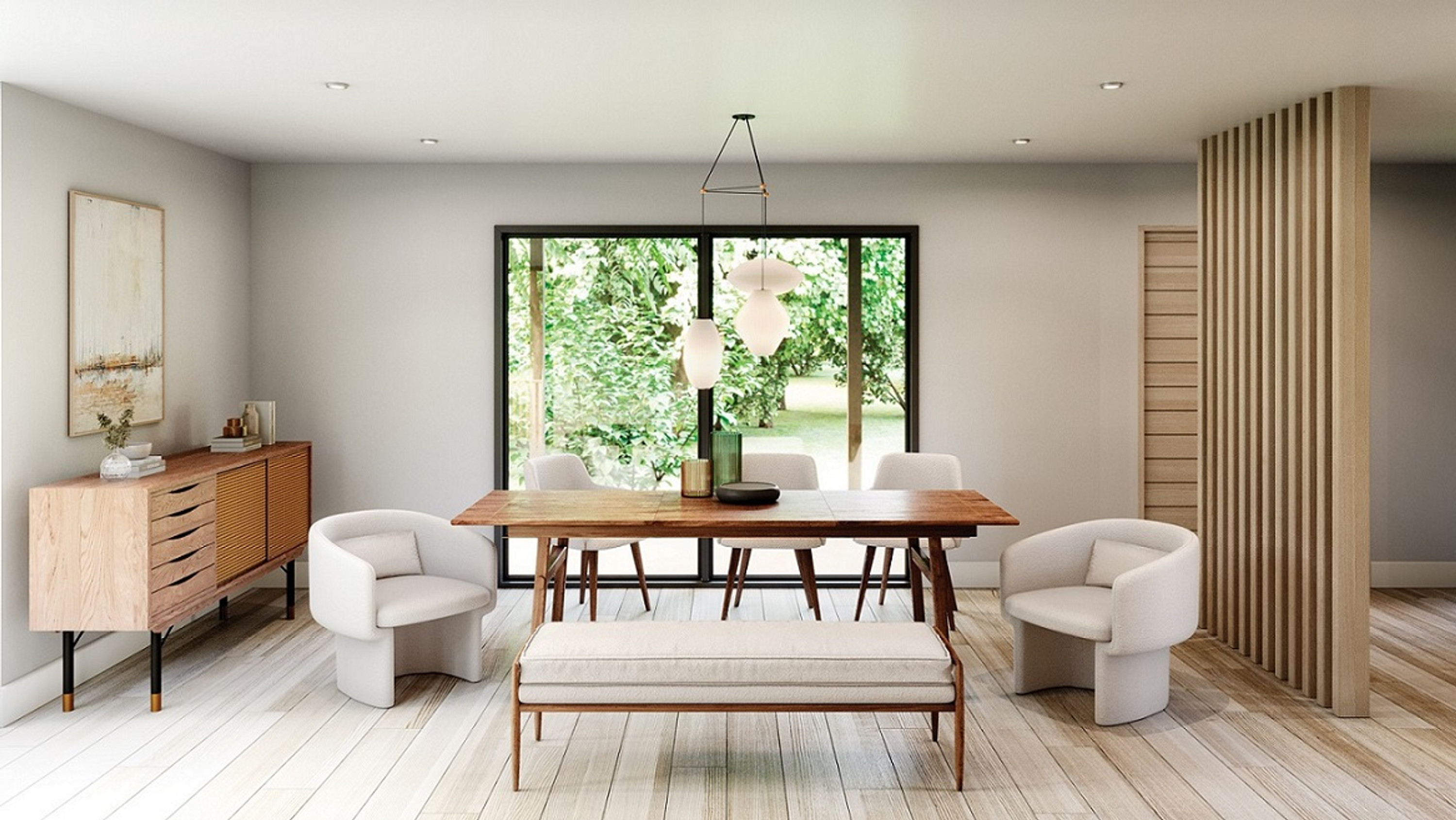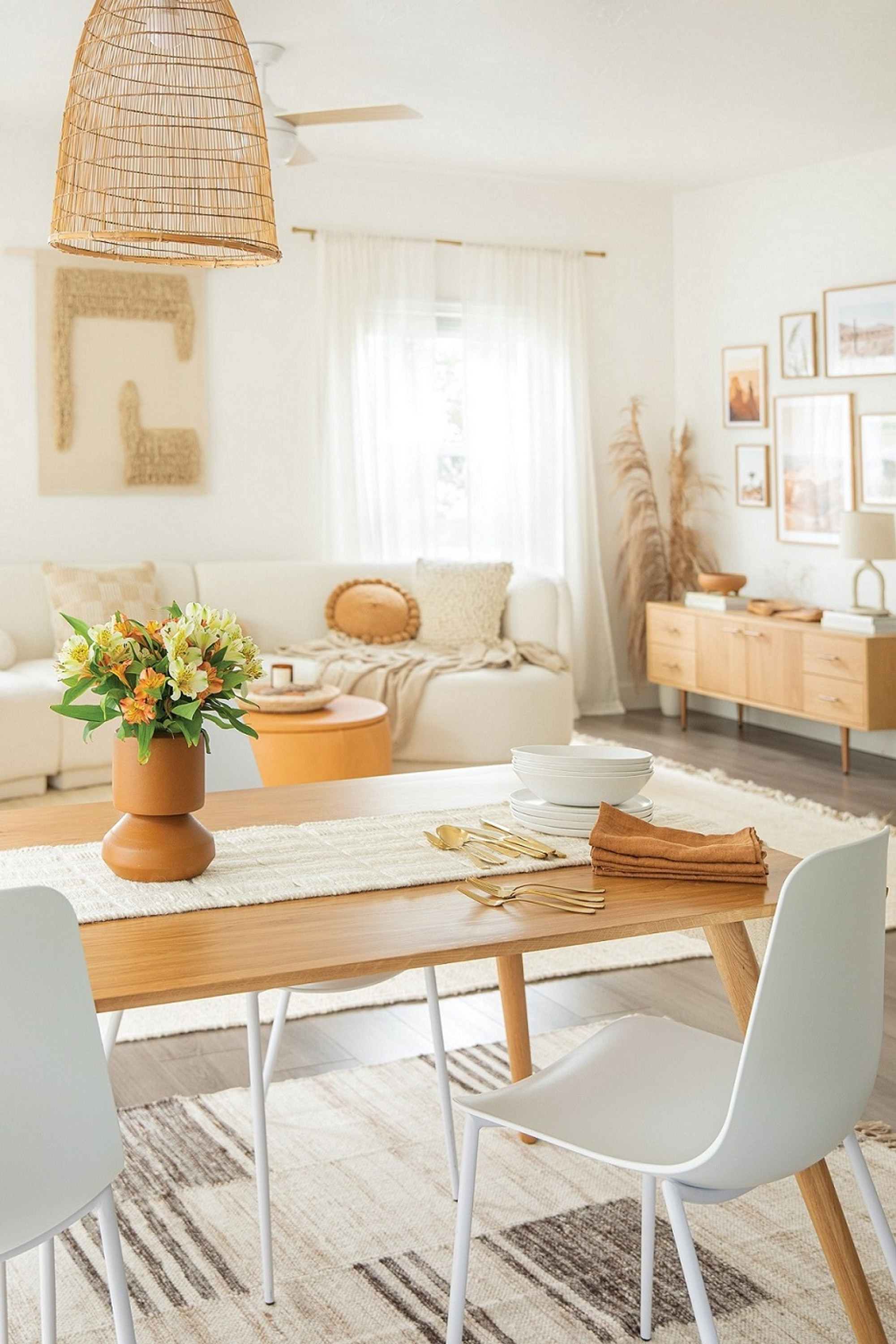
How Milo Baughman Pieces Continue to Inspire Modern Furniture Design
Chances are, Milo Baughman didn’t realize that his furniture creations would continue to inspire interior décor and furniture styles more than a half century after he began designing them. When we envisage pieces from the popular modernist movement era, typically images of something low, linear and leggy like Milo Baughman sofas spring to mind; his name was synonymous with modern design by the 60s and 70s, after all.
Here’s a brief look at how this brilliant furniture designer’s work has inspired the timeless modern styles that we continue to love indefinitely.
The Man Behind the Design
Born in 1923,Milo Baughman, Jr. spent most of his childhood in Long Beach, California. After his high school years, he joined the military. Four years later, he returned to Southern California, where he enrolled at the Art Center School of Los Angeles and the Chouinard Art Institute to study product and architectural design. In 1947, Baughman founded Milo Baughman Design, and the rest, as we say, is history.
Milo Baughman Sofas: An Example of the Impact
After studying product and architectural design, Milo Baughman eventually moved to New York and then on to Boston, establishing himself as one of the country’s leading modern furniture designers.
In 1953, Baughman joined forces with Thayer Coggin. Their Milo Baughman Collection brought revolutionary design to the company’s furniture-making table, producing leggy sofas, styled with clean lines for a relaxed appearance and wrapped in wood, intended not just for structure but for beauty from every angle.
Astute furniture designers continue to look to these iconic pieces, working diligently to do them justice in their replication. One such notably reinvented design is the Woodrow line of sofas, which takes its cues from Baughman’s experiments with wood-case furniture. Beautifully boxy, yes. Uncomfortable? Absolutely not.
A Far-Reaching Influence
Mid-century design classics, including wood-case seating, drum tables, sleek lounge chairs with ottomans, curved sofas and curved sofa tables to hug them, swivel and stationary tub chairs, modular sets, sectionals and many more iconic pieces wink to Baughman, some inspired by him and others directly created by the man himself.
So, what was the driving force behind his forward-thinking furniture designs that seemed so different from that of decades past? An articulate man and lecturer, Baughman often spoke of how good design can have a positive effect on people. His faith, family, genuine concern for the well-being of others and love of fine arts, classical music and urban design all played a part in his design sensibilities.
A quote by Milo Baughman touches on his view of styles, beyond his own, "Furniture that is too obviously designed is very interesting, but too often belongs only in museums."
No End to the Era
Milo Baughman passed away at the age of 79 at his home in Salt Lake City; his timeless treasures, however, live on across the country and all around the globe, because of their impact on the world of interior design.
Hats off and eternal thanks to Mr. Baughman for designing timeless originals, many of which might now belong in the world’s finest museums. We can all be glad that modern furniture designers continue to borrow inspiration from Baughman and other greats from his era, allowing us to enjoy nods to their creations in our homes indefinitely.
Which iconic designs, inspired by the minimalist movement, are you partial to?
Lorna Hordos is a home-improvement business owner and freelance writer. She has composed thousands of friendly, helpful home and business articles for numerous clients, including Lowes, Daltile, ModernMom, WordPress.com and Bizfluent.




